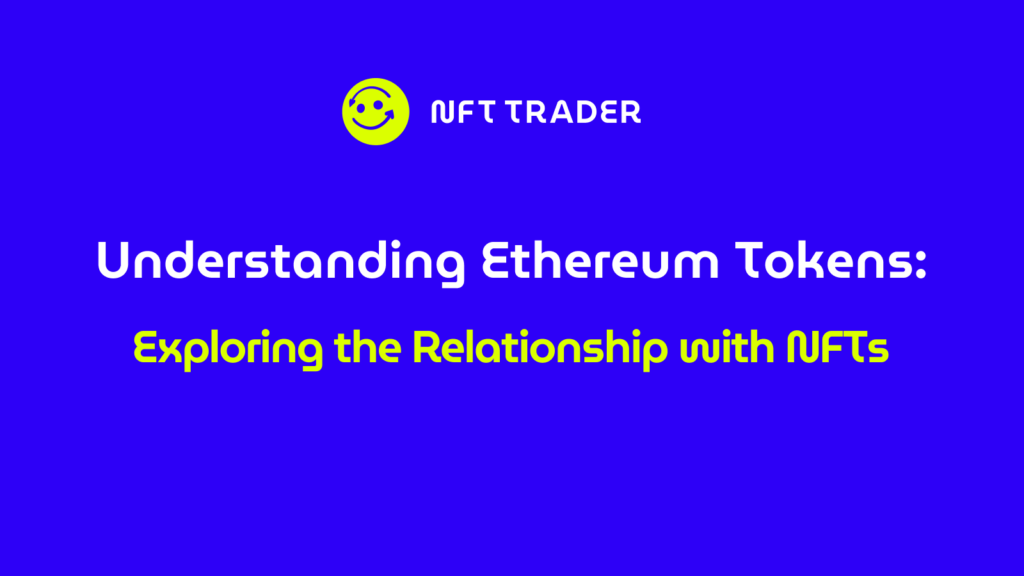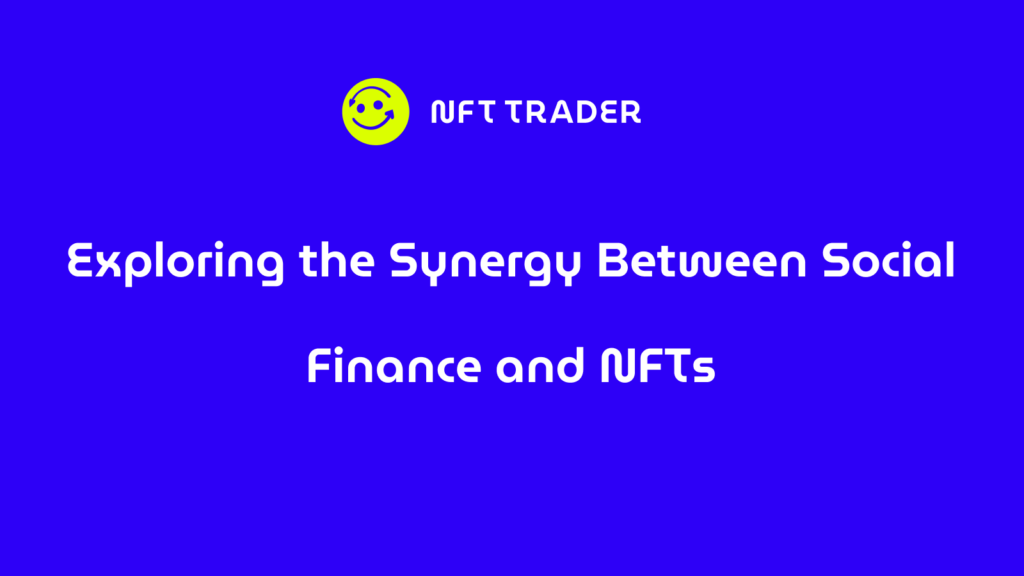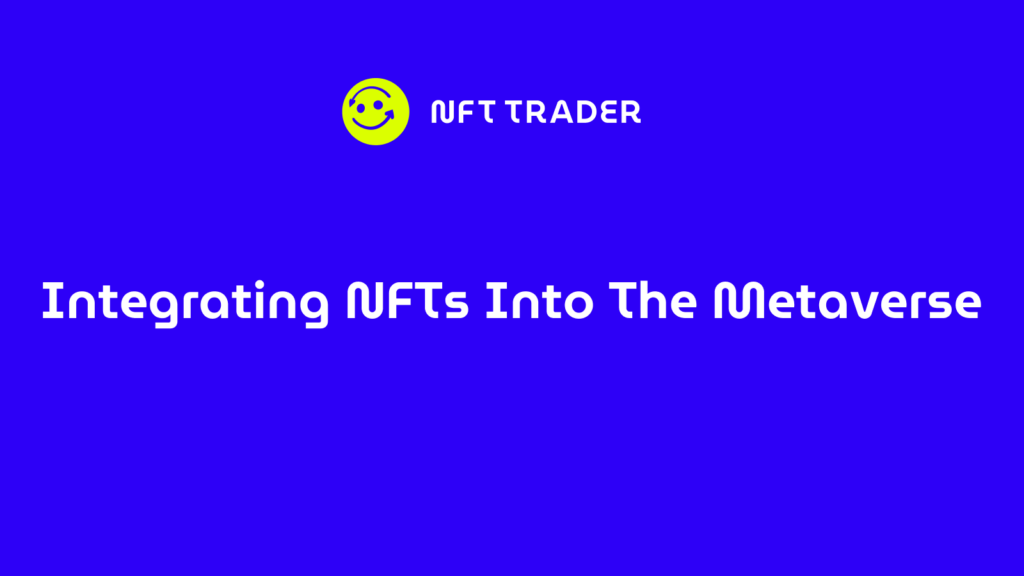Understanding Ethereum Tokens: Exploring the Relationship with NFTs

In the ever-evolving landscape of blockchain technology, Ethereum has emerged as a pioneering platform, offering a robust infrastructure for decentralized applications (DApps) and digital assets. Central to Ethereum’s ecosystem are tokens, which serve various purposes ranging from utility to investment and unique digital ownership. Among these tokens, Non-Fungible Tokens (NFTs) have garnered significant attention, revolutionizing digital ownership and creating new avenues for creativity, investment, and decentralized applications. In this comprehensive guide, we delve into the different types of Ethereum tokens and explore their relationship with NFTs.
Ethereum Tokens: An Overview
Ethereum tokens are digital assets created and managed on the Ethereum blockchain using smart contracts, which are self-executing contracts with predefined rules. These tokens adhere to the ERC (Ethereum Request for Comment) standards, which define a set of rules and guidelines for token creation and functionality.
Utility Tokens
Utility tokens represent access to a product or service provided by a project or platform. They serve as a means of transaction within the ecosystem and often offer additional benefits such as discounts or voting rights. Examples include BAT (Basic Attention Token) used in the Brave browser and LINK (Chainlink) used for decentralized oracle services.
Security Tokens
Security tokens represent ownership of real-world assets such as equity, debt, or commodities. These tokens are subject to regulatory compliance and often require adherence to securities laws in various jurisdictions. Security tokens provide fractional ownership and enable liquidity for traditionally illiquid assets. However, they entail legal and regulatory complexities. Examples include tokenized real estate, stocks, and investment funds.
Governance Tokens
Governance tokens confer voting rights and decision-making power within a decentralized autonomous organization (DAO) or a decentralized protocol. Holders of governance tokens can participate in proposing and voting on changes to the protocol, such as upgrades, parameter adjustments, and allocation of funds. Examples include COMP (Compound) and MKR (MakerDAO), which enable governance in their respective protocols.
Non-Fungible Tokens (NFTs)
NFTs are unique digital assets that represent ownership or proof of authenticity of a specific item or piece of content. Unlike fungible tokens like Bitcoin or Ethereum, each NFT is distinct and cannot be exchanged on a one-to-one basis. NFTs have gained traction in various domains, including digital art, gaming, collectibles, and virtual real estate. They leverage Ethereum’s smart contract functionality to ensure provable ownership and immutability.
Relationship Between Ethereum Tokens and NFTs
While NFTs are a distinct category of Ethereum tokens, they often interact with other token types and leverage their functionalities. Here’s how different Ethereum tokens relate to NFTs:
Utility Tokens and NFTs: Utility tokens can be used to access platforms or services where NFTs are created, bought, sold, or traded. For example, platforms like our NFT Trader platform, OpenSea, and Rarible utilize Ethereum-based utility tokens for transactions and fees associated with NFT trading.
Security Tokens and NFTs: Security tokens can represent ownership of underlying assets, including digital assets like NFTs. Fractional ownership of high-value NFTs can be achieved through tokenization, enabling broader participation and liquidity in the NFT market. Additionally, security tokens can be used to fundraise for NFT-related projects or platforms while complying with relevant regulations.
Governance Tokens and NFTs: Governance tokens enable community-driven decision-making in NFT platforms and marketplaces. Holders of governance tokens can influence platform policies, fee structures, and curation mechanisms, shaping the development and direction of the NFT ecosystem.
Integration of Token Standards: NFTs can incorporate elements of other token standards, such as utility or governance functionalities. For instance, an NFT representing membership in a decentralized organization may include governance rights conferred by a separate governance token.
Composability and Interoperability: Ethereum’s composability allows different types of tokens, including NFTs, to interact seamlessly within decentralized applications. NFTs can be used as collateral for loans, integrated into gaming ecosystems, or combined with other tokens to create novel financial instruments, leveraging the versatility of Ethereum’s token standards.
Ethereum tokens encompass a diverse range of functionalities, each serving unique purposes within the blockchain ecosystem. Non-Fungible Tokens (NFTs) stand out as a groundbreaking application, revolutionizing digital ownership and fostering new forms of creativity, investment, and decentralized commerce. Understanding the interplay between different Ethereum token types provides valuable insights into the evolving landscape of decentralized finance (DeFi), digital assets, and Web3 applications. As the Ethereum ecosystem continues to evolve, the synergy between tokens and NFTs is poised to drive further innovation and adoption, shaping the future of decentralized finance and digital ownership.


